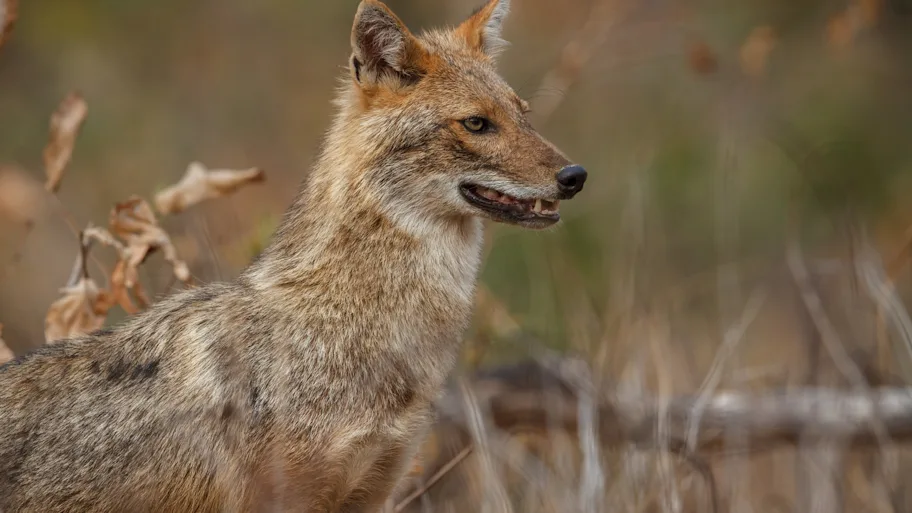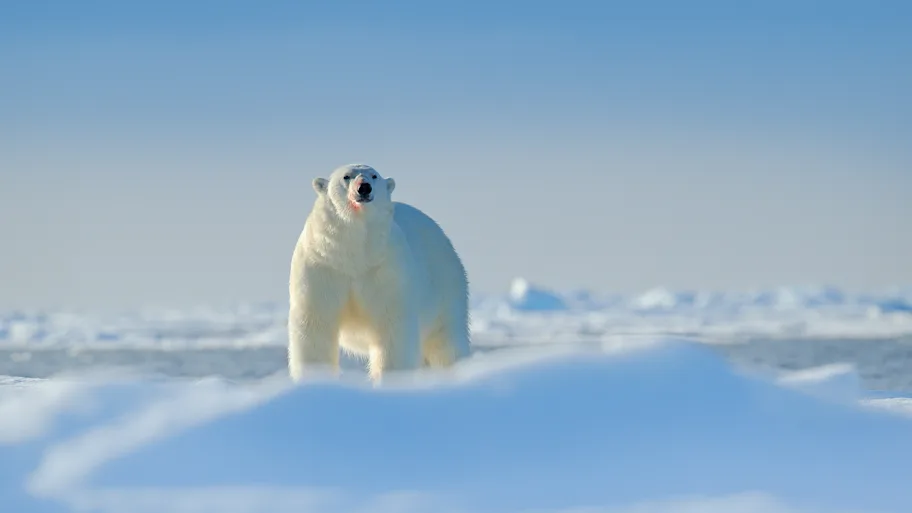
- Science News
- Featured news
- What makes invasive plants successful? Here are five Frontiers articles you won’t want to miss
What makes invasive plants successful? Here are five Frontiers articles you won’t want to miss

At Frontiers, we bring some of the world’s best research to a global audience. But with tens of thousands of articles published each year, it’s impossible to cover all of them. Here are just five amazing papers you may have missed.
Alterations in invasive plants’ microbiomes might explain invasion success
When plants expand beyond their native range, they leave pathogens, parasites, and predators that limit their population behind. In new lands, plants may encounter new conditions which are less effective at constraining them. This may lead to explosive growth. Explanations for plants’ invasion success may be found in their microbiomes, given that microbes can act differently depending on environmental conditions.
Researchers in Japan have now extracted fungal and bacterial DNA from leaves, roots, and the soil from the Christmas berry (A. crenata) – a plant native to Japan which has been invading Florida – to compare microbial community compositions and diversity between native and exotic ranges. Their results were published in Frontiers in Microbiology.
They found that fungal and bacterial community compositions differed among leaves, roots, and soil, as well as between the native and exotic ranges. For example, A. crenata leaves in the native range harbored a greater number of disease-causing fungi compared to those in the exotic range.
Link to article: https://www.frontiersin.org/articles/10.3389/fmicb.2023.1302167/full
Pearl oysters stay closed longer when noise and light pollute their surroundings
The Gulf pearl oyster is one of the iconic species in the Arabian Gulf, an ecosystem that is under threat because of the pollution it faces. Alongside chemical pollution, the Gulf is ranked first regarding noise and light pollution, and pearl oyster populations are at risk.
Now, writing in Frontiers in Marine Science, an international team of researchers has explored the possible impact of noise and light pollution on the behavioral and biological traits of the Gulf pearl oyster in the absence of chemical exposure.
They found that in noisy environments the oysters dispersed, instead of forming groups of 10 to 15 as they do in their natural habitat. When subjected to noise and light pollution, they also stayed closed longer, open their valves less, and squeezed them more tightly when closed. Their daily opening rhythm depended heavily on the exposure to electric light, and females laid significantly fewer eggs. These results confirm the previously reported depressant effect of noise pollution on marine invertebrates.
Link to article: https://www.frontiersin.org/articles/10.3389/fmars.2023.1251011/full
ChatGPT’s social dilemma advice preferred to advice given by humans
Giving and receiving advice requires a certain level of empathy. Without (the impression of) it, advice is unlikely to be helpful. While ChatGPT has potential to provide advice on a range of topics, it was not trained to be empathic.
Researchers in Australia have now investigated if ChatGPT’s responses are perceived as better than those of humans who were attempting to be empathetic. In a study published in Frontiers in Psychology, more than 400 study participants were asked to indicate which one of two responses to a social dilemma question they preferred. One of these answers was written by a professional advice columnist; the other by ChatGPT4. Participants did not know which answer was written by whom.
Although more than three out of four people said they would prefer the advice of a human, the results showed that ChatGPT’s advice was perceived as more balanced, complete, empathetic, helpful, and overall better than columnists’ advice, indicating that ChatGPT outperformed humans as advisors.
Link to article: https://www.frontiersin.org/articles/10.3389/fpsyg.2023.1281255/full
New tech may allow for identification of sleep apnea at home
Obstructive sleep apnea (OSA) is a common breathing disorder, leading to disrupted or paused breathing while sleeping. It impacts cardiovascular, metabolic, and mental health negatively; however, diagnosis via in-lab sleep testing is cost- and time-intensive, and many people suffering from OSA don’t receive a diagnosis.
Writing in Frontiers in Sleep, an international team of researchers has now presented an alternative to lab testing which individuals who are suspected to suffer from OSA can use at home. Home sleep apnea testing (HSAT) uses validated artificial intelligence and machine learning-based algorithms and can more easily evaluate breathing patterns while sleeping, also over multiple nights.
HSAT does not require supervision, is less expensive than lab testing and allows replication of sleep patterns under conditions the patient is used to. These wearable sleep testing devices have the potential to fill an important gap in healthcare service provision, the researchers wrote.
Link to article: https://www.frontiersin.org/articles/10.3389/frsle.2023.1256078/full
Sharks’ past relatives may predict species future
The evolutionary history of sharks, skates, rays, and their relatives spans over more than 450 million years. During this time, they have changed relatively little, and may therefore provide hints on how species can elicit changes in phenotypic plasticity – an organism’s behavior, morphology, and physiology in response to a unique environment, as well as adaptation responses to climate change.
In a new study published in Frontiers in Marine Science, researchers from Australia and Japan presented four case studies on tiger sharks, epaulette sharks, blacktip reef sharks, and Atlantic stingrays to lend perspectives on the capacity for phenotypic plasticity within the context of ocean warming.
Tiger sharks, for example, a species whose movement is driven by temperature, have been found to change their behavior to optimize performance. Future expectations for species that behaviorally thermoregulates would be a shift towards the poles. These species, however, are at risk if the environment shifts beyond their capacity to use behavior to maintain optimum body temperatures, as they likely lack capacity for other forms of adaptation to a changing climate.
Link to article: https://www.frontiersin.org/articles/10.3389/fmars.2023.1268532/full
REPUBLISHING GUIDELINES: Open access and sharing research is part of Frontiers’ mission. Unless otherwise noted, you can republish articles posted in the Frontiers news site — as long as you include a link back to the original research. Selling the articles is not allowed.






